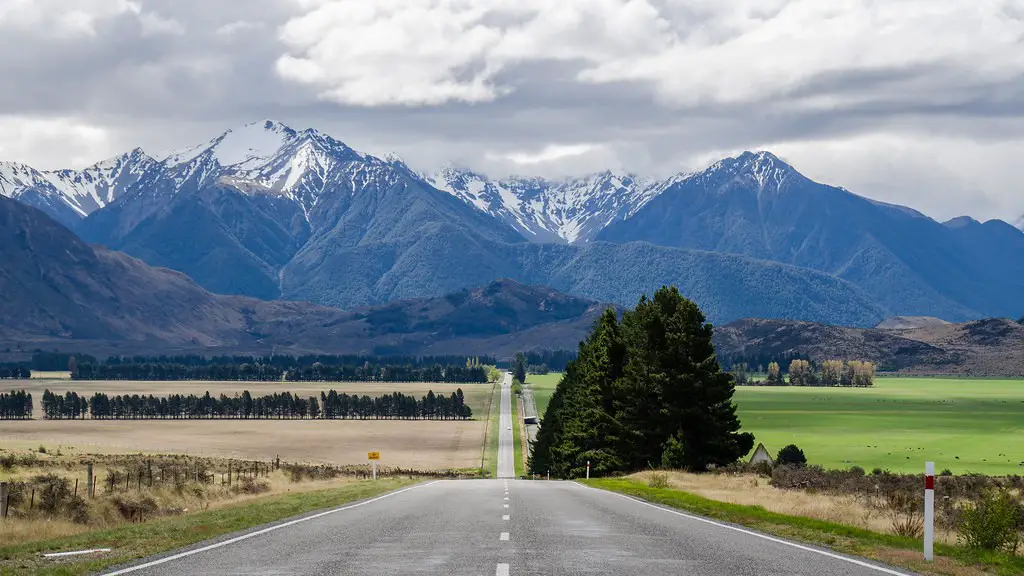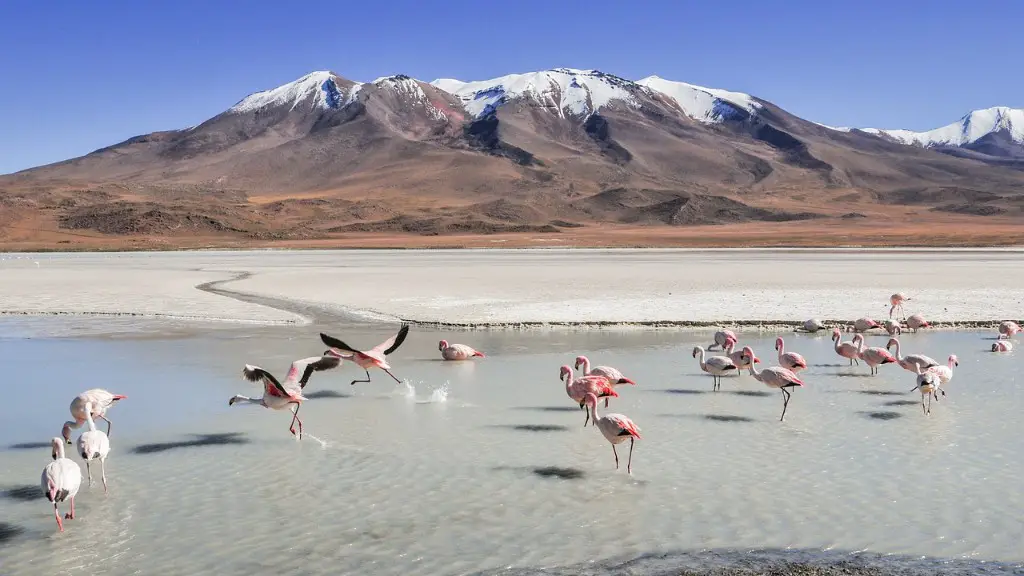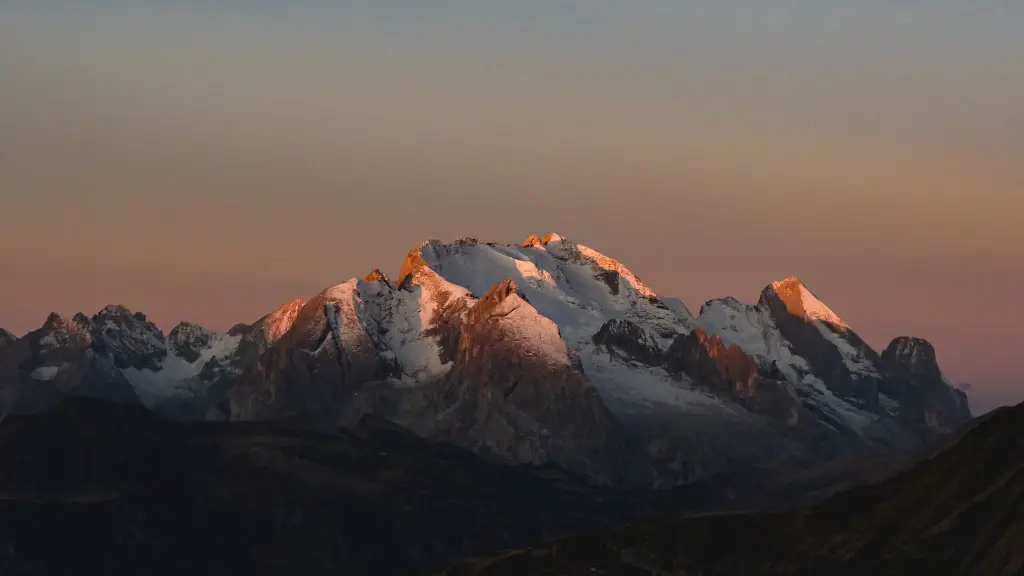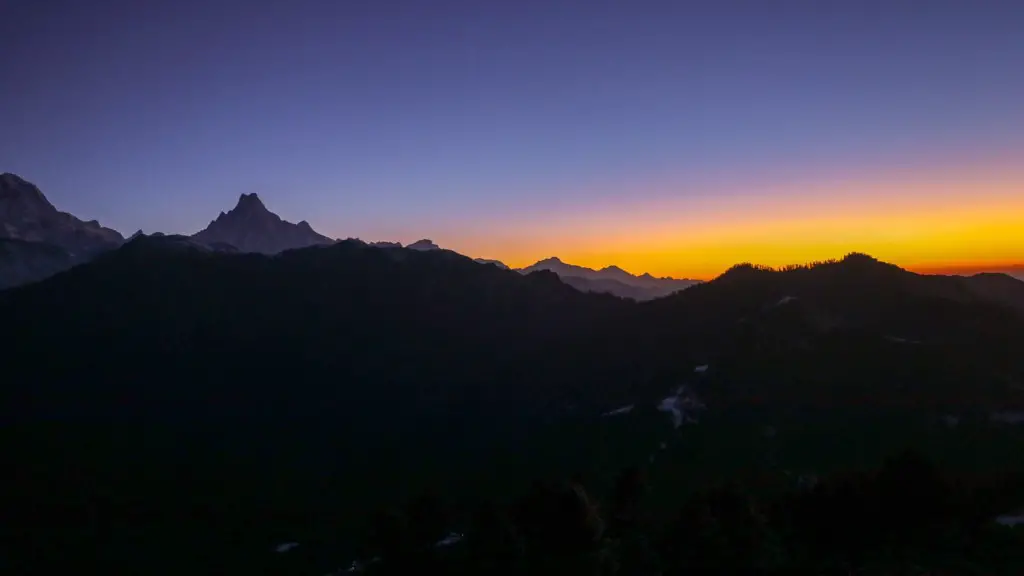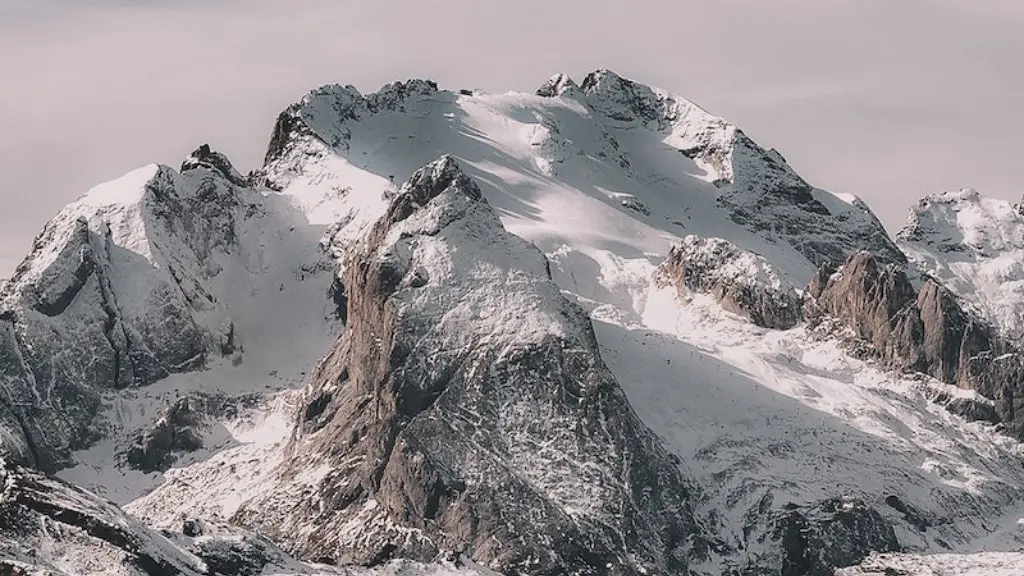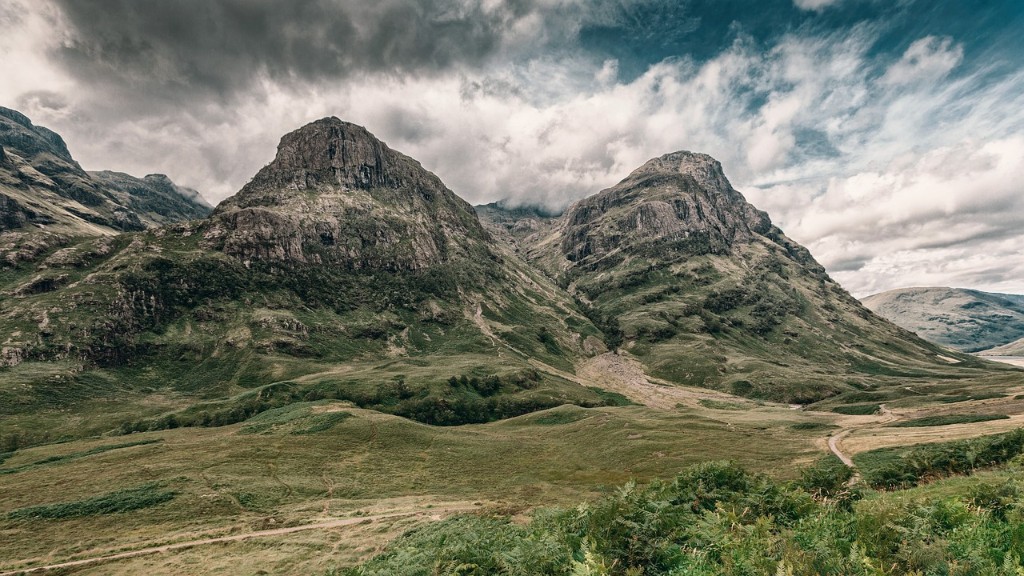If you want to train for the Matterhorn, you’ll need to be in excellent physical condition and have plenty of experience climbing mountains. The Matterhorn is one of the most challenging mountains to climb, so you’ll need to be prepared for a difficult and strenuous journey. Here are some tips on how to train for the Matterhorn:
-Start by gradually increasing your hiking and climbing activities. If you live near mountains, go on longer and more difficult hikes each week. If you don’t live near mountains, try hiking uphill on a treadmill or using a stair climber at the gym.
-Do strength-training exercises to build up your muscles, especially in your legs. Squats, lunges, and calf raises are all good exercises to start with.
-Increase your cardiovascular endurance by running, biking, or swimming for longer periods of time each week.
-Make sure to stay well-hydrated and fueled during your training by drinking plenty of water and eating a healthy diet.
-Last but not least, don’t forget to rest and recover between workouts. Over-training can lead to injuries, so make sure to listen to your body and take breaks when you need them.
There is no one definitive answer to this question as everyone will have different levels of fitness and experience. However, some tips on how to train for the Matterhorn would include undertaking regular hikes and treks to build up your fitness and endurance, as well as practicing using crampons and an ice axe if you have never used them before. Once you have a good level of fitness, it is important to then focus on specific training for the Matterhorn, such as hiking while carrying a heavy backpack, and doing hill repeats to build up your leg muscles.
Can a beginner climb the Matterhorn?
The Matterhorn is a popular target for experienced mountaineers looking for an adventure. However, it’s a tough and committing climb that is always a big day, involving technical terrain at altitude – therefore the mountain requires appropriate fitness, experience, climbing ability and training.
The best type of training for the Matterhorn is to mimic the mountain itself by climbing up and down as many grade 2 and 3 scrambles as possible. This will help you get comfortable with the terrain and develop the mountain fitness and efficient movement skills you need to summit the peak. Be sure to wear the same boots as you will use on the Matterhorn and carry a rucksack to get the full effect.
How long does it take to train to climb the Matterhorn
The courses are run over 6 days They include 4 days of training and acclimatisation climbs around Zermatt or Saas Grund prior to the 2 day Matterhorn ascent. Participants should have some alpine mountaineering experience before the Matterhorn week, although being an expert climber is not a prerequisite.
The Matterhorn is one of the most iconic and popular mountains in the world. It has been climbed by thousands of people over the years, but it still remains a challenging and difficult climb.
Do people fall off the Matterhorn?
The Matterhorn is one of the most dangerous mountains to climb, with an average of three to four deaths per year. Over 500 people have died since the first ascent, making it one of the deadliest mountains in the world. Most of the deaths occur due to avalanches, falling rocks, or exposure to the elements, but some climbers have also died from falls while climbing.
The Matterhorn is a iconic mountain in the Alps that is known for its technical difficulty. It is not considered a walkers peak like Mont Blanc, but rather a climbers peak. This means that it requires a high level of stamina and technical skill to summit.
Can you climb the Matterhorn with no experience?
The Matterhorn is a world-renowned technical alpine rock, snow, and ice climb. The peak is located in the French Alps on the border between Switzerland and Italy. The Matterhorn is one of the most iconic and popular mountains in the world, and its summit is a sought-after goal for climbers from all over the globe. The mountain is notorious for its exposed and difficult climbing, and most attempts require climbers to have previous experience rock climbing in boots and being comfortable climbing on steep firm snow and ice. The Matterhorn is a truly remarkable mountain, and climbing it is an unforgettable experience.
If you’re thinking of climbing the Matterhorn, be aware that it is not an easy task. The ascent and descent are both technically and physically demanding, given the mixed terrain and high altitude weather conditions. The trails feature some very steep sections, covered with snow or ice, and there is the risk of rockfall. Make sure you are well prepared before attempting the climb.
How much does it cost to climb the Matterhorn with a guide
The Matterhorn is one of the most iconic mountains in the world and climbing it has been a bucket list item for many mountaineers. Luckily, the Matterhorn is a relatively accessible peak and with a little bit of preparation, anyone with a reasonable level of fitness can summit it. The price for climbing the Matterhorn starts at around 3040 euros, which includes permits, guides, and gear.
If you are planning to climb the Matterhorn, the best time to do so is usually mid-June to mid-August. You can get information on conditions in the Alpincenter-Zermatt. On the day before you plan to climb the mountain, it is a good idea to arrive at the hut early, in order to check out the first section of the route in daylight.
What is the easiest way to climb the Matterhorn?
The Hörnli Ridge is the easiest route to the summit of the Matterhorn. It involves 1,220 metres of ascent from the Hörnli Hut (aka the Hörnlihütte). It is the usual route for those staying in Zermatt, and roughly follows the Matterhorn’s north east ridge. The Hörnli Ridge is graded AD.
The Matterhorn Bobsleds at Disneyland is a very popular attraction, but it can be quite scary for some children. It is important to warn them in advance that the ride can be a bit jerky and fast.
Does Matterhorn have steep drops
The Matterhorn Bobsleds at Disneyland, Anaheim, CA is a classic attraction that has been around since the park first opened. The ride itself is a steel coaster that climbs 80 feet and then winds its way through the mountain. The speeds are relatively slow, but the Bobsleds do have some sharp turns. The ride is great for families and is one of the most popular attractions at Disneyland.
The Tomorrowland track at Disneyland is said to be faster and have steeper drops than the Fantasyland track. Veterans say that the Fantasyland side is slightly longer with sharper turns.
How many bodies are on the Matterhorn?
With its towering height and treacherous slopes, it’s no wonder that the Matterhorn has claimed the lives of so many climbers. This mountain is one of the most dangerous in the world, and those who attempt to summit it should do so with caution and preparation. Even the most experienced climbers can fall victim to the elements on this peak, so it’s important to always be aware of the dangers before setting out.
The “Grave of the Unknown Climber” is located in the Mountaineers’ Cemetery. It reminds us of the more than 500 deaths, which have taken place on the Matterhorn since 1865. And of the missing and dead, who could not be found or completely removed after their fall.
Final Words
There is no one-size-fits-all answer to this question, as the best way to train for the Matterhorn will vary depending on your individual fitness level and mountaineering experience. However, some general tips on how to train for the Matterhorn include doing aerobic and strength-training exercises to build endurance, practicing hiking and scrambling on steep terrain to get used to the conditions on the mountain, and acclimatizing to the altitude by spending time at high altitude before your climb.
There is no surefire way to train for the Matterhorn, as each individual has different fitness levels and preferences. However, there are some general tips that can help to get you started on your training regime. Firstly, it is important to focus on building up your endurance by doing long distance hikes on a regular basis. Secondly, you should make sure to do some strength-training exercises to build up the muscles in your legs and arms. Finally, it is also crucial to do some interval training, where you alternate between periods of intense activity and rest, in order to get your body used to the demands of the Matterhorn. By following these tips, you will be in good shape to take on the challenge of the Matterhorn.
